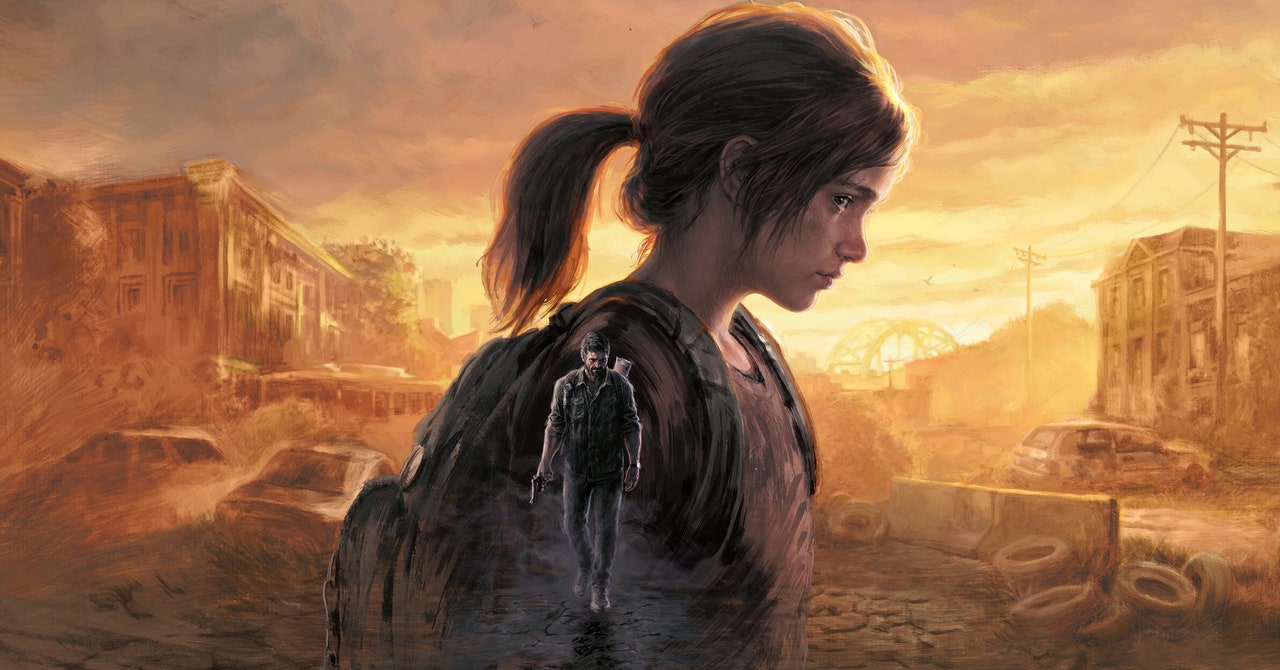The Last of Us : A Journey into the Popularity Phenomenon

In the world of video games, few titles have achieved the widespread acclaim and popularity that “The Last of Us” has garnered since its release. Developed by Naughty Dog and initially launched in 2013, this action-adventure masterpiece has captivated gamers and critics alike. The question that echoes through the gaming community is: Why is “The Last of Us” so popular?
Compelling Narrative
At the core of “The Last of Us” lies a narrative that transcends the typical gaming experience. The game weaves a poignant tale set in a post-apocalyptic world where humanity grapples with the consequences of a devastating fungal outbreak. Players follow Joel, a hardened survivor, and Ellie, a teenage girl with remarkable resilience, as they navigate this harsh landscape.
The storytelling prowess of Naughty Dog is evident in the rich character development and emotionally charged plot twists. The game explores profound themes such as survival, morality, and the enduring power of human connection. This narrative depth resonates with players on a visceral level, creating an emotional investment that transcends the virtual realm.
Immersive Gameplay
Beyond its narrative, “The Last of Us” boasts gameplay mechanics that seamlessly blend action, stealth, and exploration. The combat system is intuitive, offering players a range of strategies to confront the diverse threats of the post-apocalyptic world. The level design encourages exploration, unveiling hidden stories and treasures that enhance the overall gaming experience.
The infusion of realism into gameplay is another key factor in the game’s success. From the meticulously crafted environments to the nuanced animations, “The Last of Us” immerses players in a world that feels tangible and alive. This attention to detail elevates the gaming experience, contributing to the title’s enduring popularity.
Unparalleled Aesthetic and Sound Design
Visually stunning and accompanied by a hauntingly beautiful score, “The Last of Us” sets a new standard for aesthetic and sound design in gaming. The decaying landscapes, atmospheric lighting, and meticulous attention to detail create a visual masterpiece. The sound design, from the haunting echoes of infected creatures to the subtle creaks of dilapidated buildings, enhances the sense of immersion and tension.
ALSO READ: Why Naughty Dog Cancelled The Last of Us Online: Uncovering the Reasons
Impactful Characters
Central to the game’s success are its memorable characters. Joel and Ellie’s relationship is the heartbeat of the narrative, their journey marked by moments of heartbreak, sacrifice, and resilience. The depth of character development extends beyond the protagonists, with a cast of supporting characters that leave a lasting impression. Players find themselves emotionally invested in the fates of these characters, forging a connection that extends beyond the screen.
Cultural Impact and Critical Acclaim
“The Last of Us” transcends the gaming community, making a significant impact on popular culture. Its success extends to critical acclaim, receiving numerous awards and accolades for its storytelling, gameplay, and technical achievements. The game’s influence is evident in discussions about the potential of video games as a medium for storytelling and artistic expression.
The Last of Us has achieved popularity not merely as a game but as a cultural phenomenon. Its gripping narrative, immersive gameplay, unparalleled design, impactful characters, and widespread critical acclaim collectively contribute to its enduring success. As gamers continue to explore the post-apocalyptic landscapes crafted by Naughty Dog, the legacy of “The Last of Us” as a benchmark in video game excellence is likely to endure for years to come.
Featured image credit: WIRED



